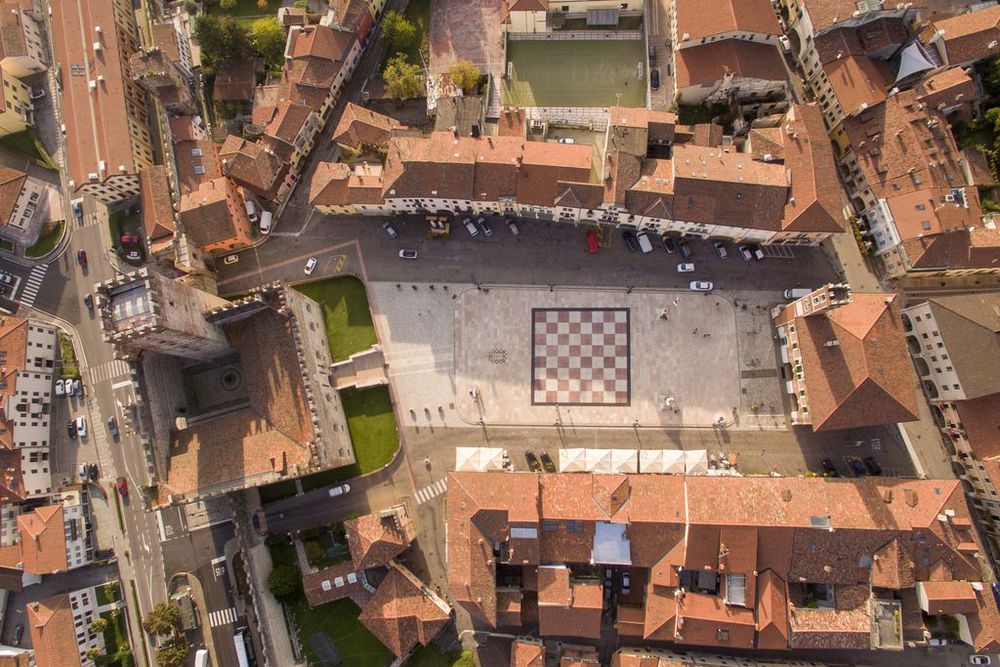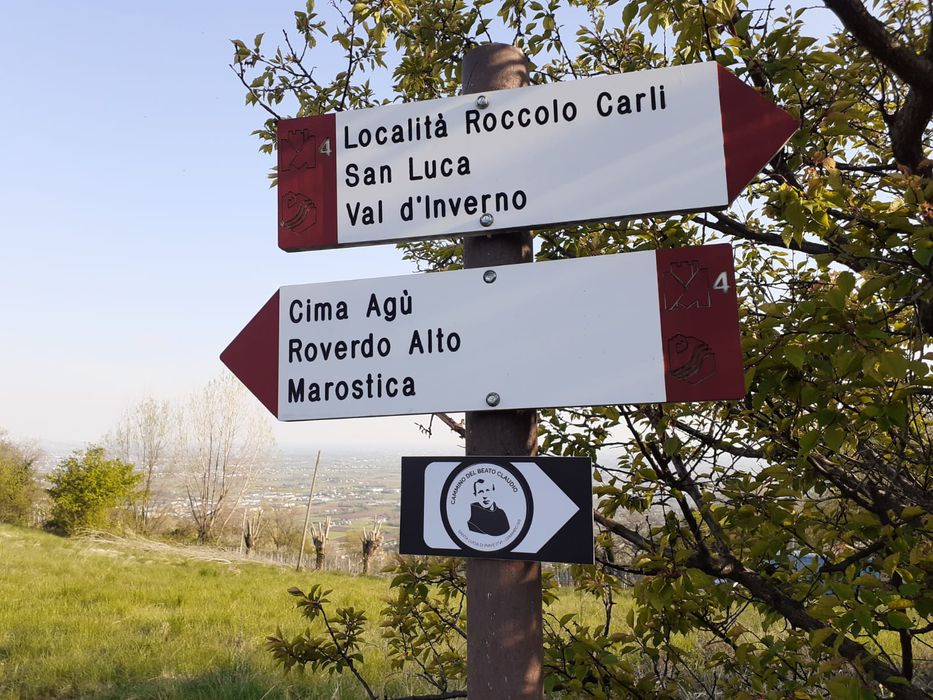To live in Church of Saint Antonio Abate
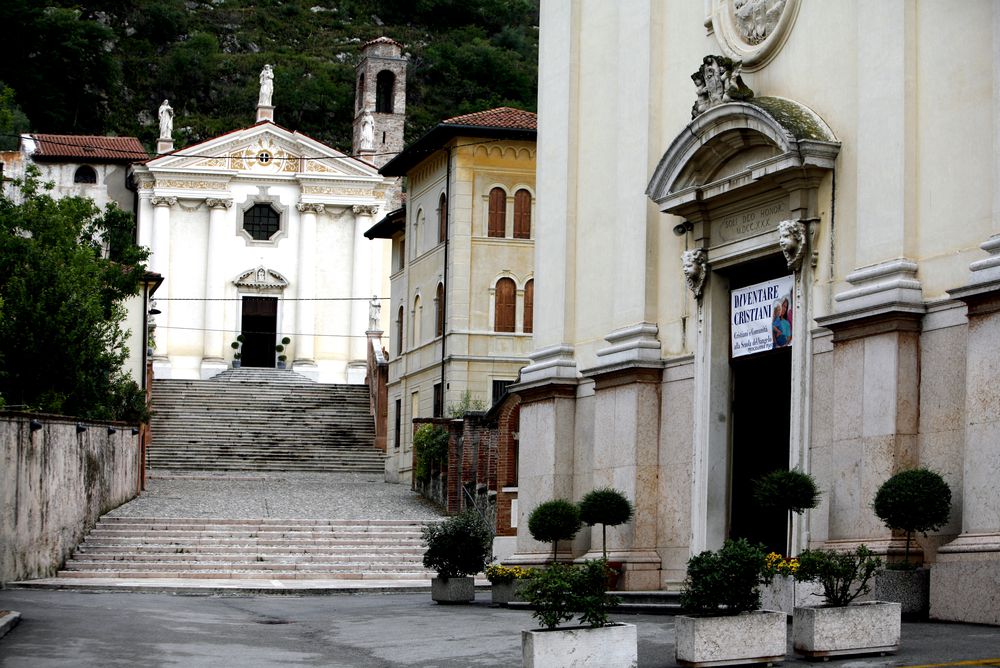
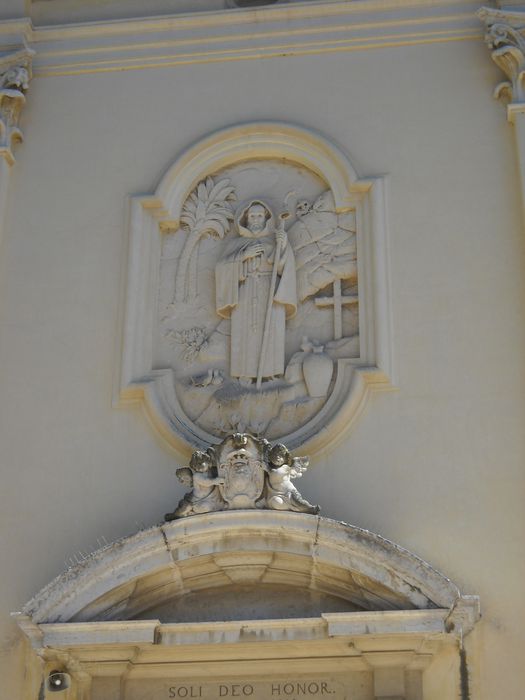
The first records mentioning this church date back to the year 1383, which suggests that this religious building was already in place at the time of the Scaligeri rule (1311-1387). It was built on the site where a hospice for pilgrims is very likely to have existed. At first, the church had a simple structure. From 1440 documentary sources certify the existence of a small convent of Franciscan friars, adjacent to the church. The friars remained there until 1656 when the convent was closed because it was too poor and deprived of revenues. In the 1600s the church and the convent passed under the direction of the Brotherhood of Carmine. In 1730-1740 the church was renovated and enlarged, as certified by the inscription on the facade, assuming its current dimensions. Afterwards and until its establishment as parish church (1930), it was a subsidiary church dependent on the Church of Santa Maria Assunta. The structure of the bell tower reminds of the shape of a tower, with a bell chamber equipped with double-light pointed arch windows completed by a conical cusp, of considerable architectural interest.
The inside
The inside of the church, a single chamber, hosts the most valuable work of art of the town of Marostica: the altarpiece of the high altar known as Saint Paul’s
Sermon at the Areopagus in Athens by Jacopo Dal Ponte (c.1510-1592), known as Bassano, and by his son Francesco, painted in 1574. The church abounds in altars that are embellished by frontals dating back to the 17th and 18th centuries. The frontal of every altar is rich in decorations that refer to the saint to whom the altar is dedicated. It is in stone and engraved scagliola and it bears witness to the presence on the territory of scagliola master-engravers who were very skilled and experienced. The frescoes with Saint Anthony the Abbot in Glory in the three compartments of the ceiling are attributable to Giuseppe Graziani (1699-after 1760). Friar Felice Cignaroli (1727-1796) is the author of the altarpiece (1768) that depicts The Descent of Christ and saints. A proof of the Franciscan presence is the painting by Luca Martinelli (1617) depicting the Holy Trinity and Saints Ludwig of Toulouse, Bonaventura, Francis and Pope Pius V beside the Trinity.
The outside cloister
The outside cloister is the only remaining original part of the ancient Convent of Sant’Antonio Abate. A simple structure developing on two sides, it is a cloister with a portico, with a small inner garden, a small orchard and a few small rooms that clearly prove the simplicity and the parsimony of the Franciscan way of life. The portico of the cloister shelters some sculptures showing Saint Rocco and Saint Sebastian, dating back to the XV century, Saint Bernardino of Siena and Saint Joseph, Saint Peter and Saint Paul, sculptures that were once in the presbytery of the Church of Sant’Antonio Abate. The sepulchral tombstone bearing the inscription that recalls the burial of Cornelio Bianchi and his wife, Elisabetta, is of particular historical interest. The tombstone comes from the small no longer existing church of San Benedetto which was built around mid-sixteen century on the homonymous hills on the way to Bassano by Cornelio Bianchi himself, a wealthy Venetian physician.
To love
Titolo di questa sezione correlata
To visit
This point of interest is part of
To live
Events
Accomodations
-
Hotel Europa
Viale Stazione, 5/A - Marostica
Vedi i dettagli -
Hotel Due Mori
Corso Mazzini, 73/75 - Marostica
Vedi i dettagli -
Villa Cecchin Guesthouse
Via Gianni Cecchin, 69 - Marostica
Vedi i dettagli -
Suite Parolin
Corso Mazzini, 142 - Marostica
Vedi i dettagli -
Campana Suites
Viale Stazione, 32 - Marostica
Vedi i dettagli -
Marostica
Via Camplani, 60 - Marostica
Vedi i dettagli -
A Casa mia
Via Ca' Brusà, 23 - Marostica
Vedi i dettagli -
Da Viky
Via Mantegna, 12 - Marostica
Vedi i dettagli -
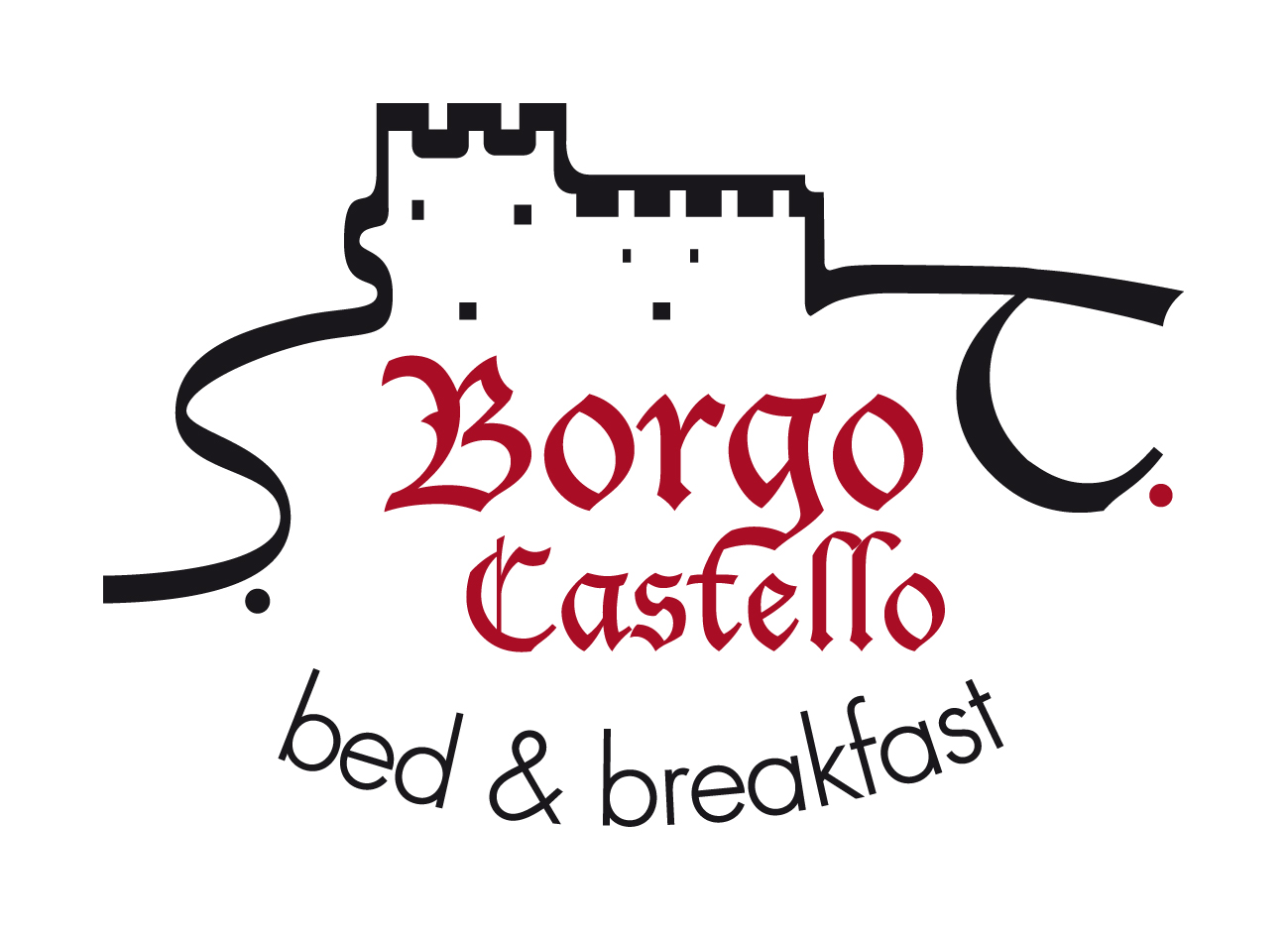
Borgo Castello
Via C.Battisti, 15 - Marostica
Vedi i dettagli -
Retrò
Via Ravenne, 36 - Marostica
Vedi i dettagli -
I Mirtilli
Via Gazzo, 33 - Pianezze
Vedi i dettagli -
Il Geranio
Via Oldelle, 4/A - Pianezze
Vedi i dettagli -
B&B Maria
Via IV Martiri 21 - Marostica
Vedi i dettagli -
Marostica Bright Apartment
Via Callesello delle Monache 1 -Marostica
Vedi i dettagli -
COLLINE SAN BENEDETTO
Via Canale, 26 - Marostica
Vedi i dettagli -

Agriturismo Dai Sandri
Via Oldelle, 1A - Pianezze
Vedi i dettagli -
Al Mulino
Via Gobbe, 60 - Marostica
Vedi i dettagli -

L'Angelo e il Diavolo
Piazza Castello, 41/A - Marostica
Vedi i dettagli -
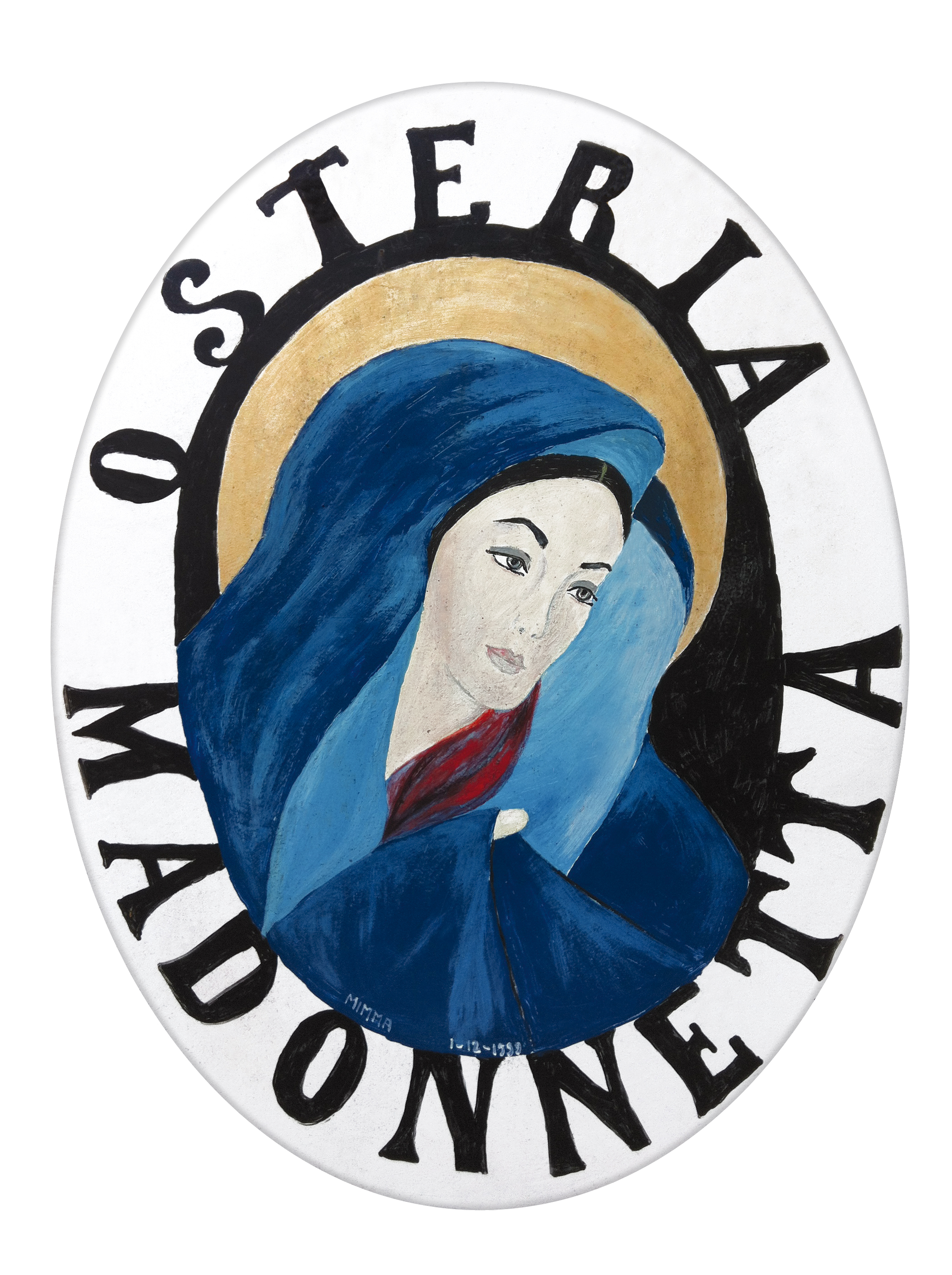
Madonnetta
Via Vajenti, 21 - Marostica
Vedi i dettagli -

Lunaelaltro
Corso della Ceramica, 33 - Marostica
Vedi i dettagli -
Scaligera
Via Montello, 68/a - Marostica
Vedi i dettagli -
Panic Jazz Club
Piazza Castello, 42 - Marostica
Vedi i dettagli -
Ristorante cinese Oriente
Via G. Cecchin, 20/b - Marostica
Vedi i dettagli -
Da Bastian
Via Gobbe, 10/a - Marostica
Vedi i dettagli -
Da Roberta
Via Panica, 150 - Marostica
Vedi i dettagli -
Da Rossi
Via Consagrollo, 69 - Marostica
Vedi i dettagli -
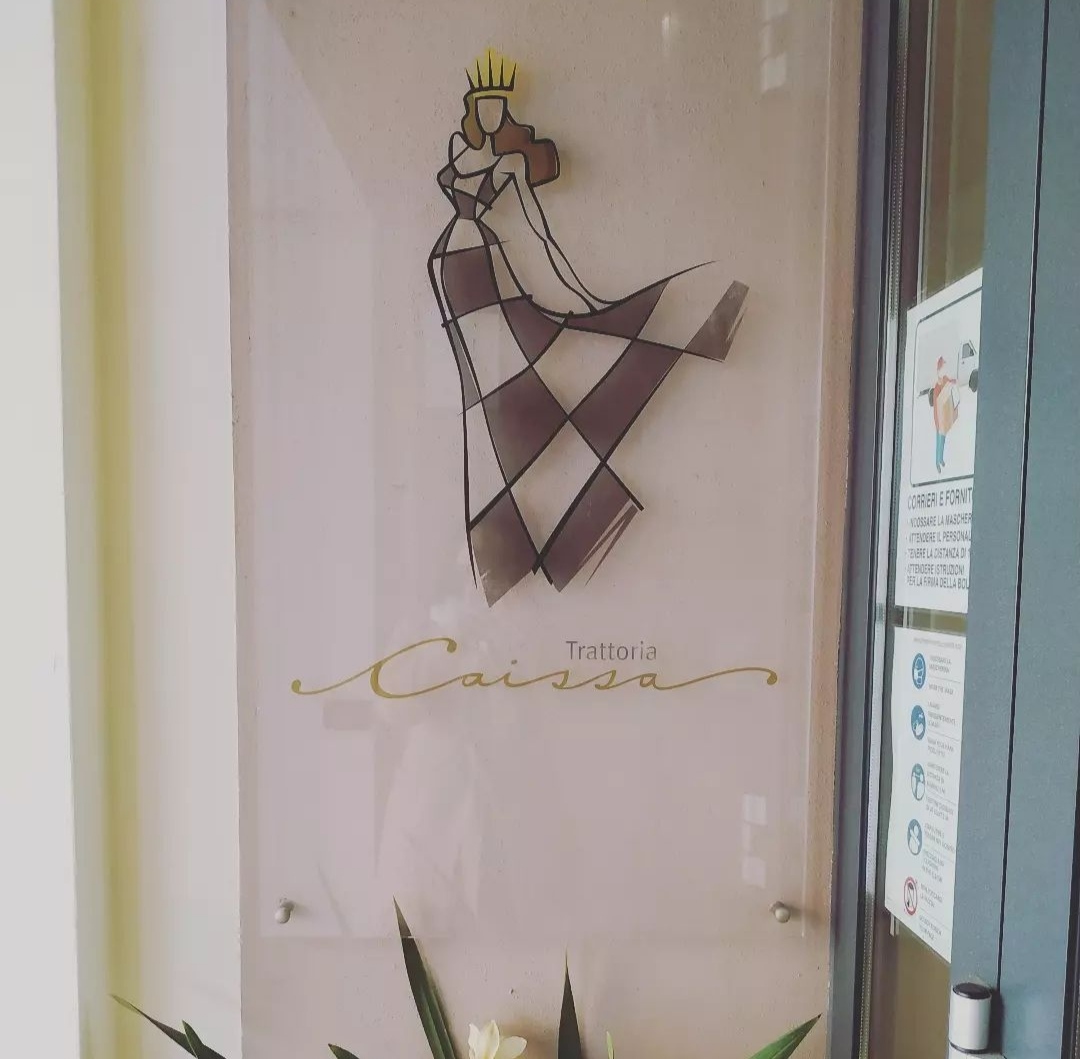
Caissa
Corso Mazzini, 104 - Marostica
Vedi i dettagli -
Al Sole
Via Fondati, 3 - Marostica
Vedi i dettagli -
All’Angelo d’Oro
Viale Montegrappa, 20 - Marostica
Vedi i dettagli -
La casetta
Viale Vicenza, 12/A - Marostica
Vedi i dettagli -
Dalla Zita
Via Cà Brusà, 5 - Marostica
Vedi i dettagli -
Ristorante Cuori
Corso Mazzini, 73/75 - Marostica
Vedi i dettagli
